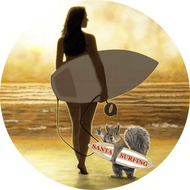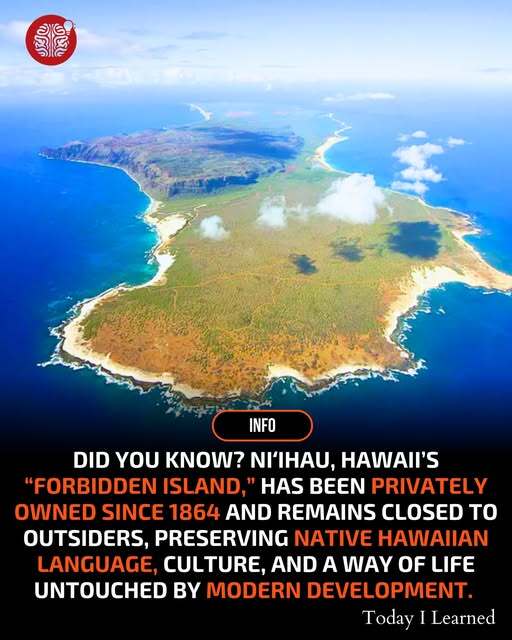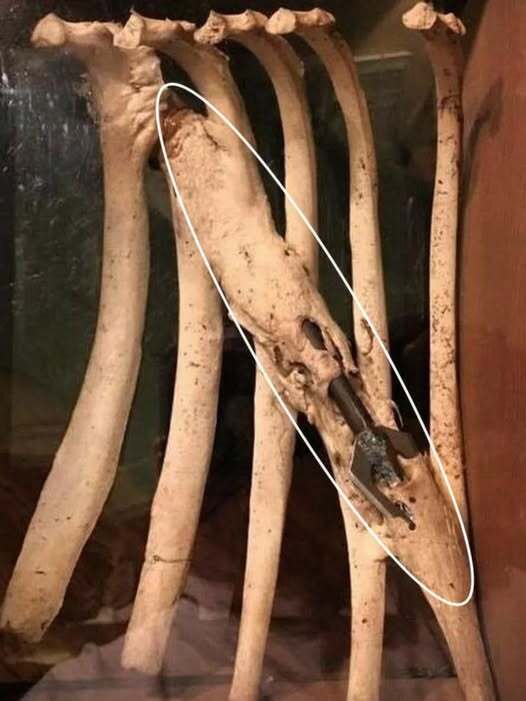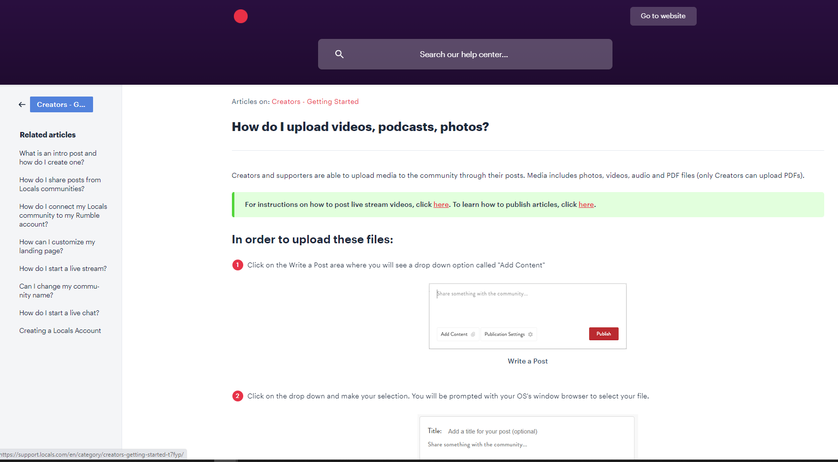How to Use Locals Frequently Asked Questions and Help Topics:
https://support.locals.com/en/article/how-do-i-upload-videos-podcasts-photos-r49es4/
If you need more help contact LOCALS Support at:

Hawaii’s “Forbidden Island” Has Been Privately Owned Since 1864, And It's Frozen in Time
Welcome to Niʻihau, the 7th largest island in Hawaii, also known as “The Forbidden Island.” Unlike the sun-soaked beaches and luxury resorts you might associate with the Aloha State, Niʻihau remains almost entirely off-limits to outsiders.
And that’s precisely the point.
In 1864, Scottish widow Elizabeth Sinclair purchased the island for $10,000 in gold, a monumental sum at the time. But she didn’t just buy land, she inherited responsibility for an entire native Hawaiian community. To this day, Niʻihau remains privately owned by her descendants, who have made it their mission to preserve the island’s traditional culture, language, and way of life.
There are no paved roads, no internet, no commercial development, and minimal electricity. The island’s native population still speaks Hawaiian as their primary language and lives off the land, engaging in activities such as fishing, farming, and practicing cultural traditions that have remained virtually unchanged for generations.
Niʻihau is one of the last places on Earth where a pre-modern lifestyle is actively preserved, making it not only a cultural treasure but a powerful example of what it means to protect heritage in the face of modernity.
Access is restricted. Tourism is banned. And curiosity, while welcome, is kept at a respectful distance.
This isn’t a forgotten island; it’s a guarded legacy passed down through a single family across more than 150 years. In an age obsessed with speed and connectivity, Niʻihau offers something rare: a living snapshot of Hawaiian life as it once was and still is.

What you're seeing isn’t just astonishing—it’s a testament to the raw, unimaginable resilience of the human (or animal) body. In the photo, a massive spear-like object pierced through the ribs, a wound that should have been fatal. Yet, instead of succumbing, the body responded in the only way it knew how—by surviving. Over time, bone began to grow around the foreign object. It didn’t reject it. It adapted. The spear literally became part of the body’s structure, fused into the ribcage like it was always meant to be there.
This isn’t just biology—it’s a symbol of the body's infinite will to live. Our cells, our bones, our tissues—they don’t give up easily. Even when impaled, even when broken, the body finds a way to heal, to adapt, to carry on.
It’s a powerful reminder that while medicine may have limits, the body’s instinct to survive often does not. Nature has its own tools, its own miracles. Never underestimate what healing can look like. Sometimes, it means...


How to Use Locals Frequently Asked Questions and Help Topics:
https://support.locals.com/en/article/how-do-i-upload-videos-podcasts-photos-r49es4/
If you need more help contact LOCALS Support at: